Bridging gaps: Economic growth on back of foreign capital
Pakistan trying hard to attract investment, modern technology and skills.
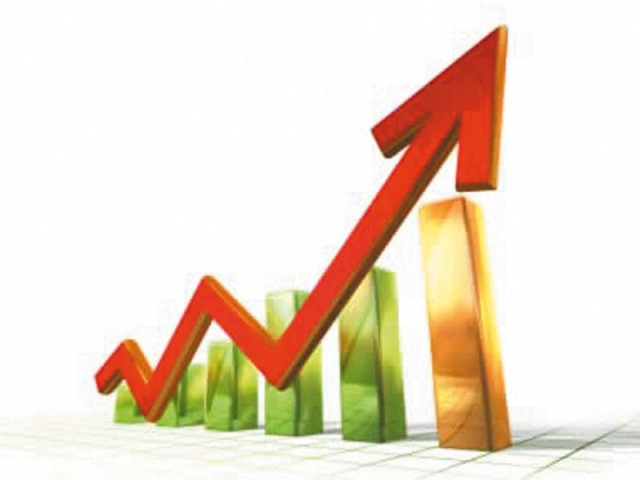
Increasing integration of countries through growth in trade and foreign capital flows has been a special characteristic of recent times. CREATIVE COMMONS
Foreign capital refers to the investment in a country that comes from non-residents. It has a crucial role in development of every national economy, irrespective of its level of development.
For developed countries, it is essential to maintain sustainable development whereas for developing states, it is utilised to create conditions favourable for rapid economic growth with an increase in the pace of investment.
For transition countries, foreign capital provides necessary support for carrying out reforms to shift from a closed to an open economy, tackle long-term problems and create conducive environment for a stable and long-term economic growth.
Most of the under-developed countries have inadequate domestic capital formation because of the vicious circle of poverty. With low incomes, savings and investments, they have to face savings-investment deficit and balance of payments problems.

Under such conditions, most of these countries rely on external sources of financing in order to generate sufficient savings to fill savings-investment, import-export and balance of payments gaps.
Standard economic theory predicts that international capital flows give a boost to investment in developing countries and, hence, improve their growth performance.
According to the theory, developed nations have sufficient savings, but due to the existence of already high capital per worker, return to investment is low. On the other hand, in developing states, savings are insufficient but due to low availability of capital per worker, return to additional investment is high.
Hence, by allowing free movement of foreign capital across national boundaries, some portion of the savings of rich nations may be invested in poor nations. As a result, the rate of investment would be less than the savings rate in developed countries.
Increasing integration of countries through growth in trade and foreign capital flows has been a special characteristic of recent times. Access to foreign financial resources enhances growth process of recipient countries through increase in output and income. Actual role of foreign capital in the growth process is debatable as it differs widely across countries according to their economic circumstances.
Pakistan’s potential
Gross domestic production (GDP) of Pakistan is estimated at Rs20.654 trillion. Foreign direct investment (FDI) stood at $1.293 billion in 2012-13 compared to $668 million in 2011-12. Capital inflows were affected because of the global financial crunch and euro zone crisis.
However, worker remittances grew to around $14 billion in 2012-13. The upsurge in remittances is attributed to the government’s efforts to redirect these flows from informal to formal channels.
Exports have grown to around $25 billion. Almost 50% of total exports are shipped to five markets – USA, UK, Germany, Hong Kong and UAE. Despite the euro zone crisis, impacting the demand for goods, Pakistan has successfully maintained its exports.
Economic theory states that financial globalisation may bring capital, knowledge and discipline to a country and improve efficiency and productivity. However, in practice, it does not produce straightforward results.
One channel through which exposure to financial globalisation can carry a downside is increased vulnerability to a financial crisis. This is thought to be more relevant if the composition of capital inflows is skewed towards non-FDI types such as bank lending and portfolio flows. International bank lending and to some smaller extent portfolio flows are more likely to be reversed than FDI.
Like many other developing countries, Pakistan is also undertaking a wide range of structural reforms, which are favourable for both local and foreign investors, along with sound macroeconomic policies in order to achieve high economic growth. It is trying hard to increase FDI inflows because it is a major source of bringing foreign capital and modern technology along with the skills needed to achieve sustained growth in technologically backward countries.
The writers are faculty members at the Institute of Business Management Sciences, University of Agriculture, Faisalabad
Published in The Express Tribune, January 6th, 2014.
Like Business on Facebook, follow @TribuneBiz on Twitter to stay informed and join in the conversation.

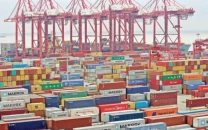

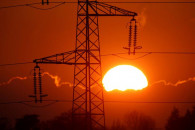


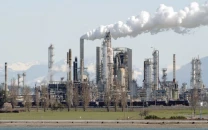



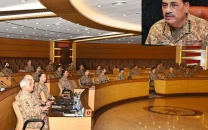






COMMENTS
Comments are moderated and generally will be posted if they are on-topic and not abusive.
For more information, please see our Comments FAQ